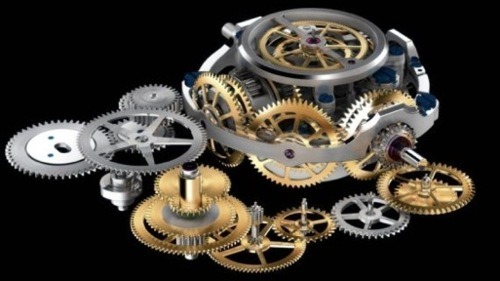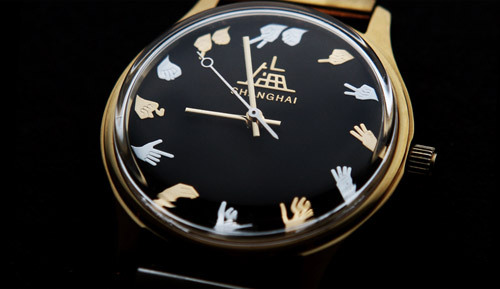I just met with Olaf, a Dartmouth graduate and German-born engineer with 20 years experience in the Swiss watch industry and a cumulative suspicion of its nearing demise. Although the purpose of our meeting was to discuss my upcoming career prospects, we spent the majority of the hour discussing the history of clock production (and in the spirit of the liberal arts, all topics “worthy of a free man.”)

I learned that the Huguenots who fled France were responsible for the timepiece empire in Switzerland, cleared up rumors of the mysterious Maurice Couët (who ran Cartier’s workshop on rue Lafayette in the 20s), and clinked wine glasses to the trusty alma mater. Oh, dear old Dartmouth.

All in all, I was delighted to find such a rogue adventurer in the industry of timekeeping. Currently a marketing executive at a top luxury Swiss watch brand (and indeed wearing its name on his wrist), Olaf was refreshingly self-deprecating. Instead of legends of lineage, craftsmanship, and the heritage of the Geneva seal in horology, he speculated dryly on the survival of the Swiss mechanical watch amidst threats from digital innovation and cheap Chinese labor. He’s also moving to Hong Kong. “The Swiss watch industry is all about marketing,” he told me, “Sure, the Chinese don’t have a history to tell a story about, but that’s only a matter of time.”

In the 16th century, Galileo observed that the oscillation period of a pendulum is constant regardless of the angle of swing. Tonight, I learned that a mechanical watch marks time by four increments per second and a digital watch by many thousands more. Cheers to isochronism!
